When you think of dinosaurs, you might imagine a giant T-Rex hunting alone or a long-necked Brachiosaurus munching on leaves. But did these ancient giants live solitary lives, or did they interact with each other in complex ways? The question of dinosaur social behavior is one of the most exciting puzzles paleontologists try to solve. By piecing together clues from fossils, scientists are uncovering fascinating insights into whether dinosaurs lived in herds, hunted in packs, or even cared for their young. Let’s explore the amazing evidence that reveals the hidden social lives of these prehistoric creatures!
Don’t Miss This!
After reading, challenge yourself with our interactive quiz at the end. Click here to take the Quiz
Index
What Is Social Behavior?
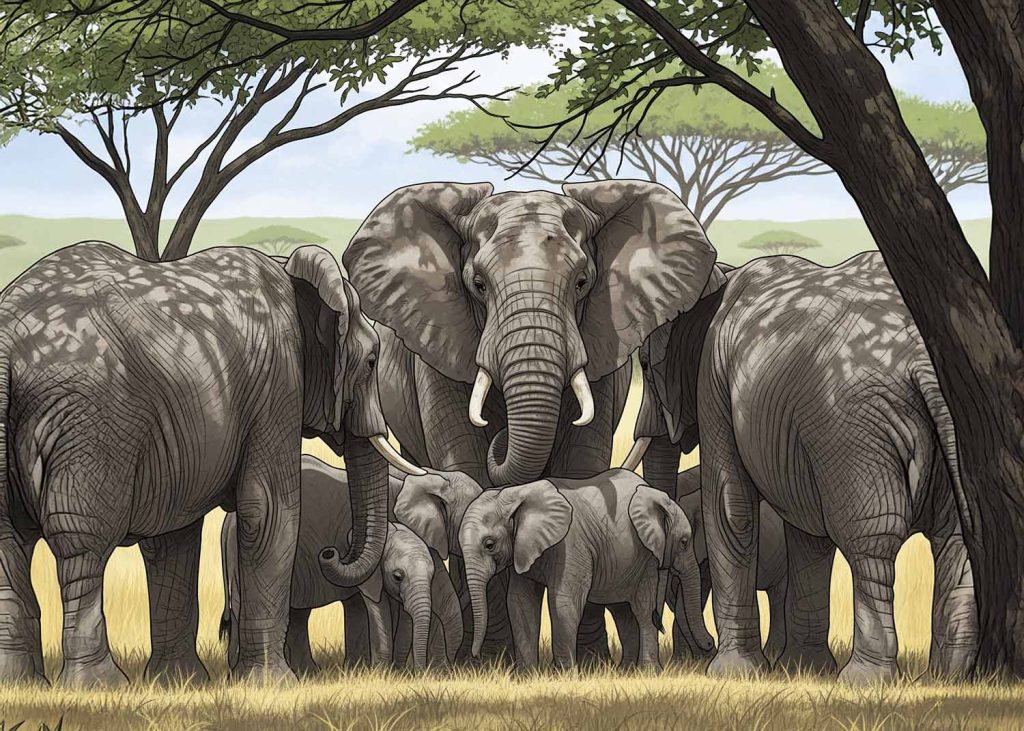
Social behavior in animals includes living in groups, hunting together, and caring for young.
Before we look at dinosaur social behavior, let’s understand what “social behavior” means. In the animal world, it’s more than just two animals meeting. It includes many kinds of interactions, such as:
- Living in groups: Like herds of deer or flocks of birds.
- Hunting together: Like packs of wolves.
- Caring for young: Parents protecting and feeding their babies.
- Communicating: Using sounds or body language to talk to each other.
- Defending territory: Working together to protect their home.
Finding evidence for these behaviors in animals that lived millions of years ago is a big challenge, but scientists have found some amazing clues.
Clue 1: Bonebeds and Mass Death Sites
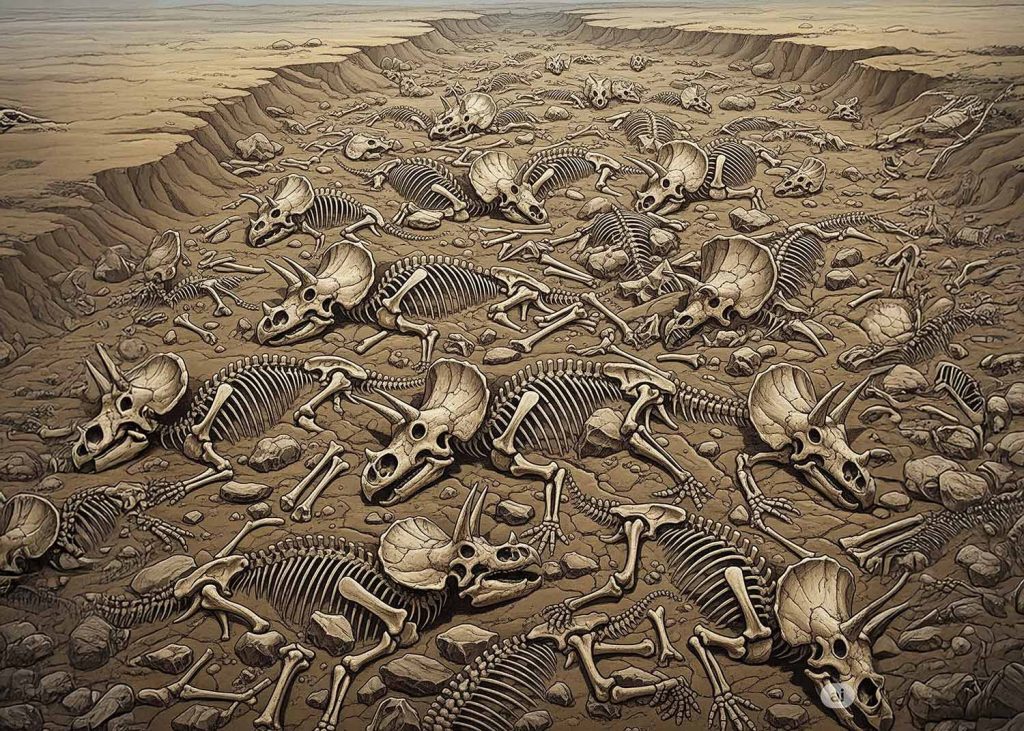
Finding many skeletons of the same dinosaur species buried together points to them living and dying as a group.
One of the strongest pieces of dinosaur social behavior comes from bonebeds. These are places where many skeletons of the same dinosaur species are found buried together. For example, huge bonebeds of horned dinosaurs like Centrosaurus have been discovered in places like Alberta, Canada.
When many individuals of the same species die together, it shows they were living together in a group, like a herd, when disaster struck. This is similar to how modern bison or elephants travel in large groups. If they were solitary animals, their skeletons would be found scattered, not concentrated in one place. These bonebeds provide compelling evidence for herding behavior in many plant-eating dinosaurs.
Clue 2: Trackways and Footprints
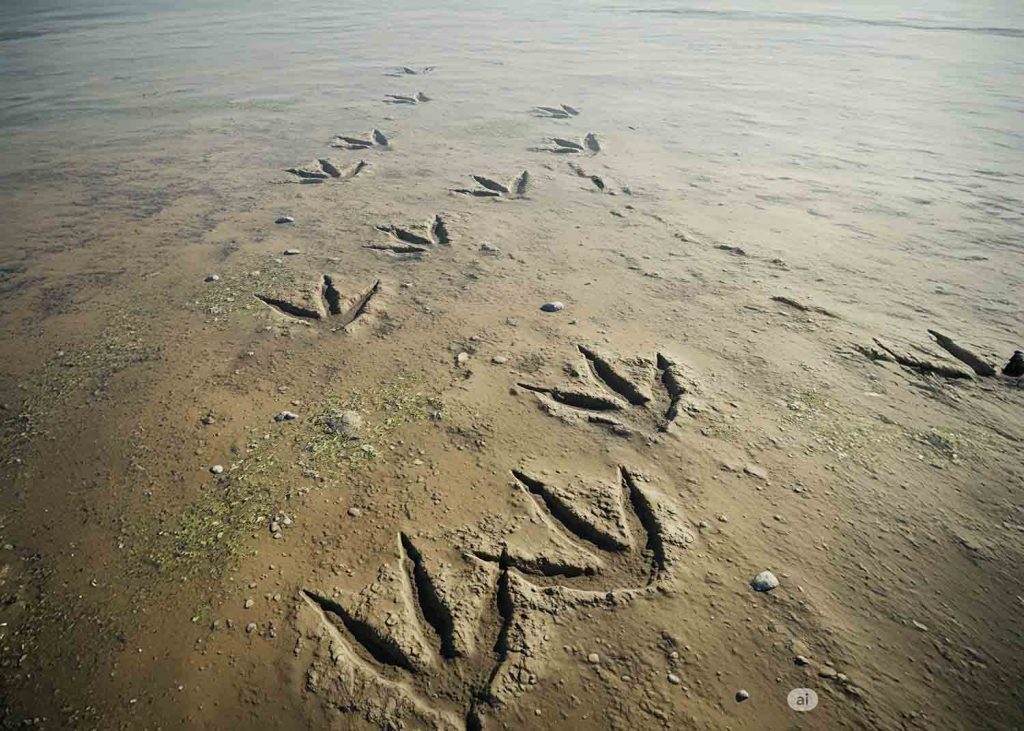
Parallel trackways of multiple dinosaurs moving in the same direction are strong evidence of group travel.
Another exciting type of dinosaur social behavior comes from trackways, which are fossilized footprints. When paleontologists find many parallel trackways of the same dinosaur species moving in the same direction, it’s a clear sign that they were traveling together as a group. This is especially true for large plant-eating dinosaurs like sauropods (long-necked dinosaurs).
Sometimes, the trackways even show smaller, younger dinosaur footprints within the larger adult ones, which hints that adults were protecting their young within the herd. These fossilized highways give us a direct glimpse into how dinosaurs moved across their ancient landscapes.
Clue 3: Nesting Sites and Parental Care
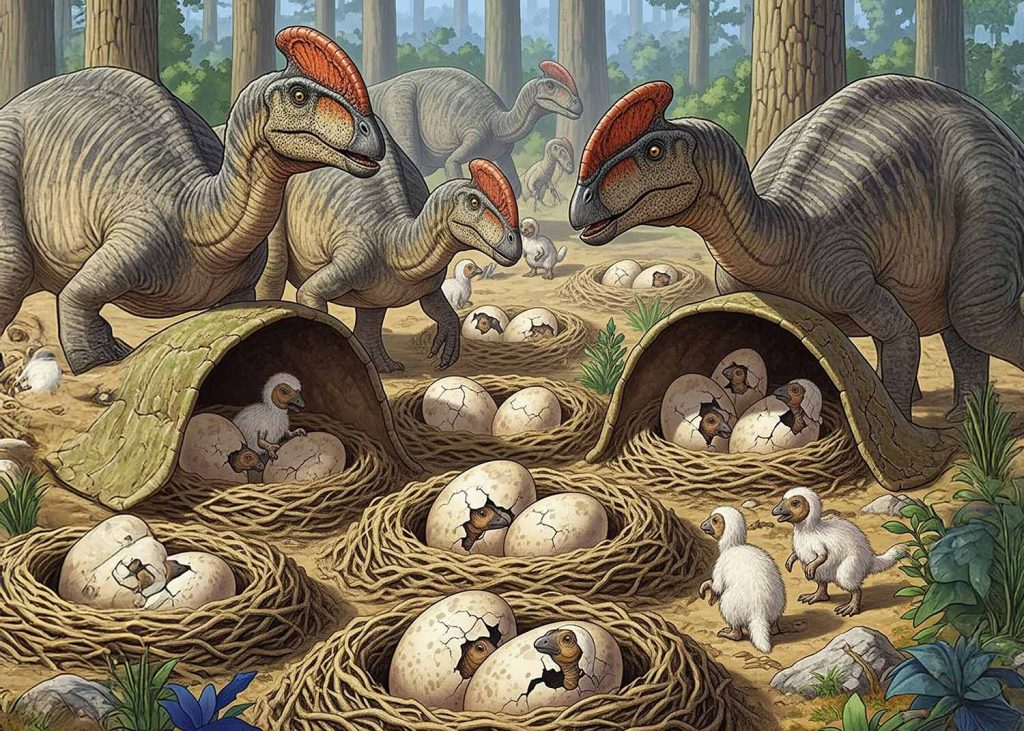
Fossilized nesting sites with eggs and young, and even adult skeletons nearby, suggest some dinosaurs cared for their babies.
Perhaps the most heartwarming dinosaur social behavior comes from nesting sites. The discovery of the duck-billed dinosaur Maiasaura (meaning good mother lizard) was a game-changer. Scientists found fossilized nests with eggs and even young dinosaurs that had grown too large to fit in the nest, but were still too small to leave.
This discovery points to adult Maiasaura returning to the same nesting grounds year after year, and that they cared for their young after they hatched, bringing them food until they were big enough to fend for themselves. This is strong evidence for parental care and communal nesting behavior, similar to some modern birds and crocodiles.
Fun Fact: Some of the largest dinosaur eggs ever found are over 1.5 feet long! But surprisingly, even the biggest long-necked dinosaurs laid relatively small, round eggs, often no bigger than a soccer ball.
Clue 4: Predator Packs and Cooperative Hunting
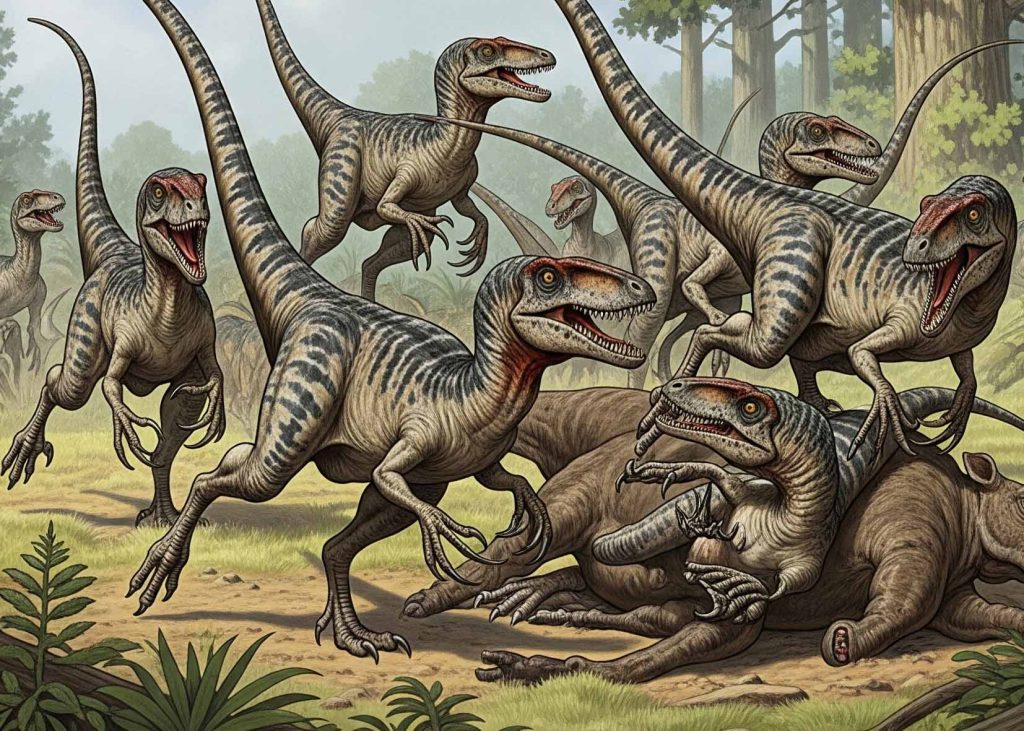
Some predatory dinosaurs, like raptors, may have hunted in packs, using teamwork to take down larger prey.
While harder to prove, some dinosaur social behavior evidences hint that certain predatory dinosaurs might have hunted in packs. The famous raptors, like Deinonychus, had features that point to cooperative hunting:
- Grouped Fossils: Sometimes, multiple skeletons of these predators are found near the remains of a single, larger prey animal.
- Specialized Anatomy: Their agile bodies, sharp claws, and intelligence would have made them formidable team hunters.
- Brain Size: Some raptors had relatively large brains for their body size, which could indicate complex social interactions needed for pack hunting.
While not as clear-cut as bonebeds, this evidence points to the exciting possibility of pack hunting in some of the most fearsome dinosaurs. This would have made them even more dangerous to their prey.
The Legacy of Dinosaur Social Lives
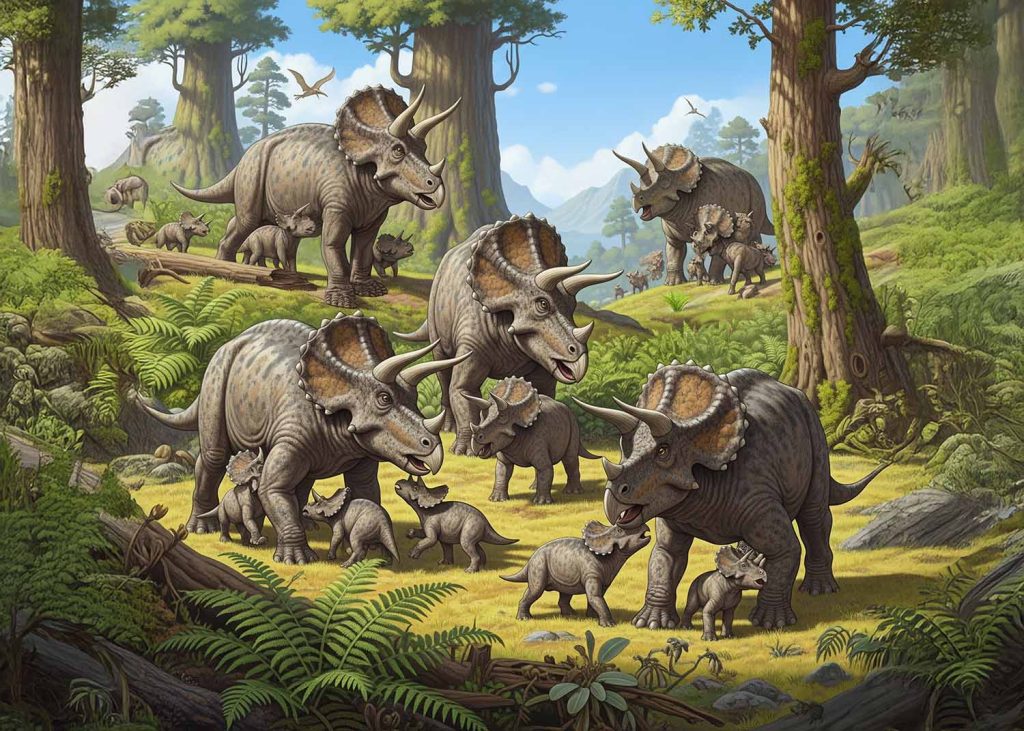
The evidence shows that dinosaurs were not just solitary beasts, but complex social animals with varied behaviors.
The growing body of evidences paint a much richer picture of these ancient creatures than we once imagined. They weren’t just solitary, mindless giants. Many lived in complex social groups, from vast herds that roamed the land to cunning packs that hunted together. Some even showed tender parental care for their young.
These discoveries help us understand that social behavior is a very old strategy in the animal kingdom, one that has been successful for hundreds of millions of years. The more we learn, the more we realize that dinosaurs were just as fascinating and complex as many animals alive today.
To learn more about the world these dinosaurs inhabited, check out our article on Real Jurassic World.
Dinosaur Social Behavior Evidence Quiz
Test your knowledge about uncovering ancient herds and packs!

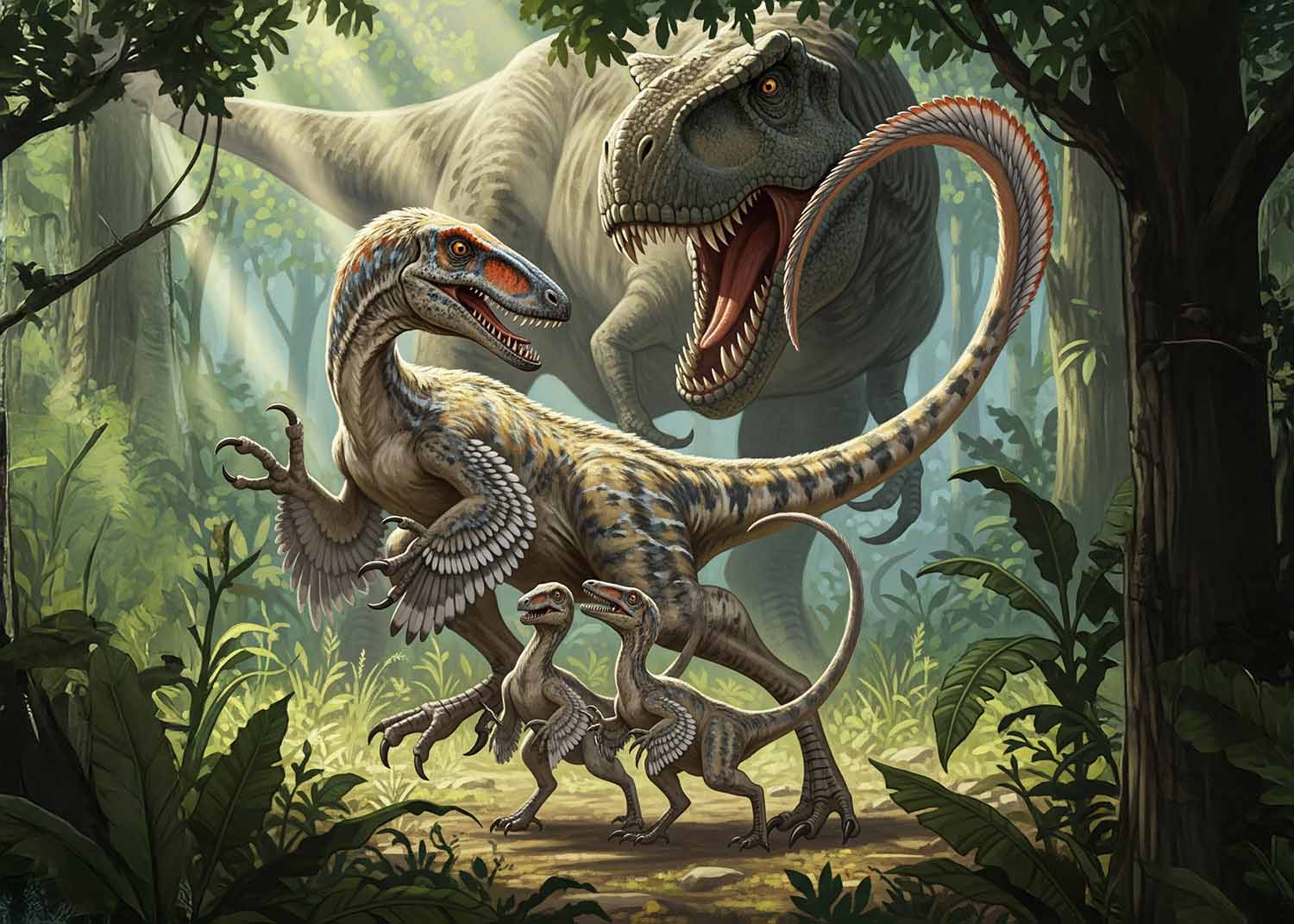
Leave a Reply